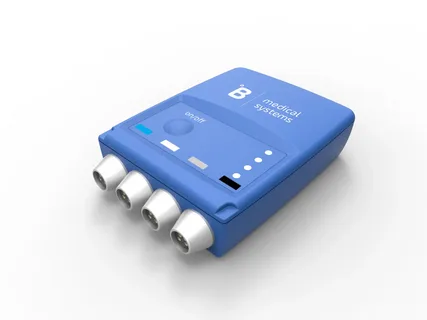Food safety is a top priority for many businesses, and temperature monitoring is one of the most important components of ensuring your food isn’t spoiled. Whether you’re looking to prevent foodborne illness or simply improve your processes, there are several factors that can affect how well your temperature monitoring system works—and whether or not it even functions as intended.
In this article, we’ll explore why it’s important for foods to be stored at the proper temperatures (spoiler alert: it’s not just about bacteria), how nature affects accuracy in measuring devices like thermometers and infrared sensors, and what you should do if your system fails or isn’t working properly.
Why is temperature monitoring important?
Temperature monitoring is critical to food safety, and it’s an essential component of any food safety program. It helps prevent foodborne illness, product loss and other issues that can cause a business to lose money.
Temperature monitoring helps you meet requirements for HACCP programs by providing documentation that your process controls are working effectively at each step along the way. It also helps you identify areas where you need improvement in order to maintain high standards of quality control throughout all stages of production and distribution of foods such as meat products or dairy goods that must be kept cold from farm through retail outlets so they remain fresh until purchased by customers who expect them not only safe but delicious too!
How does nature affect the accuracy of temperature measuring devices?
In addition to measuring devices, food safety programs also rely on the use of temperature monitoring tables. These tables are used to record the temperatures that have been taken by various types of equipment, as well as their accuracy. Temperature monitoring tables can be created manually or automatically with a computerized system.
Temperature measuring devices are affected by the environment in which they are used. For example: humidity affects liquid-in-glass thermometers because it causes condensation on their bulbs; ambient air currents may affect electronic probes; and even sunlight shining directly onto an electronic probe can cause inaccuracies due to heat gain or loss from reflected light energy
How frequently should you check your temperature monitoring system?
How often you should check your temperature monitoring system depends on the type of food being monitored, how it is stored and transported.
- For example, if you are monitoring a refrigerated product such as milk or cheese that has been stored at 4 degrees Fahrenheit for more than seven days, then you will want to check the temperature every day.
- Another example would be with frozen foods such as ice cream or meat products that have been stored at -10 degrees Fahrenheit for six months; in this case we recommend checking every two weeks until they have thawed completely before using again.
- Other factors include how many units are being monitored by one device (e.g., if there’s only one thermometer in an entire warehouse full of pallets) as well as whether any changes have been made recently–such as new shipments coming in from another country–which could affect its accuracy levels over time due to factors like climate change affecting global temperatures overall.”
Conclusion
In conclusion, we hope this article has helped you understand the importance of temperature monitoring in food safety programs. Temperature is one of the most critical factors when it comes to food safety and spoilage. It can also be one of the most challenging aspects to manage in your facility if you don’t have the right tools or systems in place!

